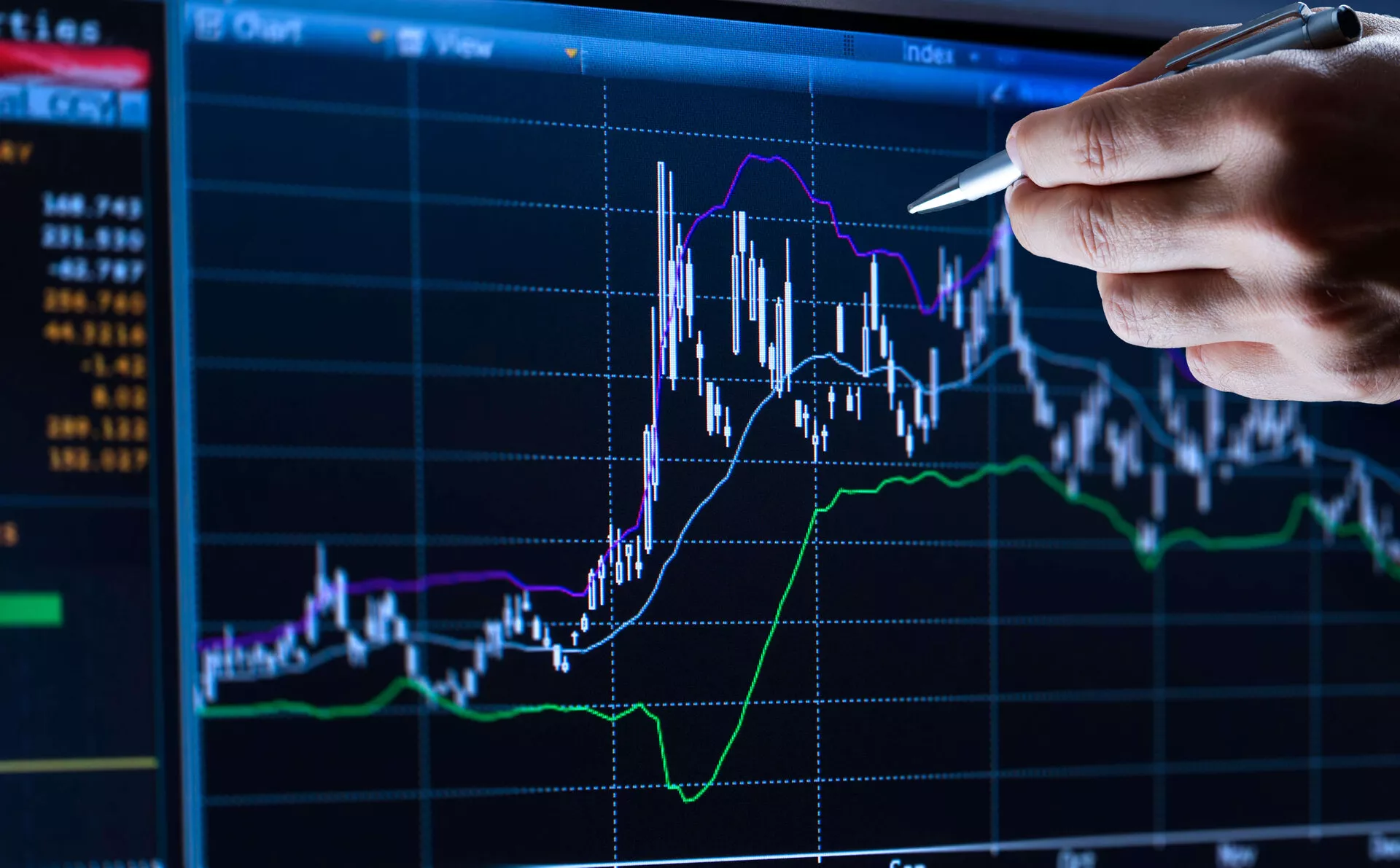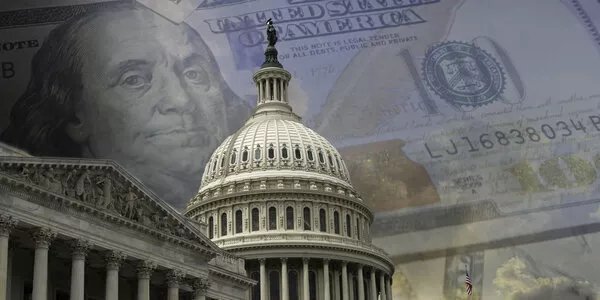
Weekly Update - ECB: first rate cut set for spring, but the size of the rate cut cycle remains in doubt
If Christine Lagarde’s objective was to dampen market expectations of rate cuts she did not fully succeed. The President of the European Central Bank (ECB) managed to push back expectations for the first cut from March to April. However, markets are still discounting steep cuts by year end. We think the ECB will be more cautious for two reasons: inflation may prove more stubborn from now on and the ECB needs to keep a close eye on the euro.
Lagarde lists arguments for a spring cut. At the post-meeting conference on 25 January, Christine Lagarde repeated that any discussion of rate cuts was still premature and that ECB decisions would remain data-dependent. As a result, she strongly hinted that there would be no cut at the next meeting in March. But she then went on to lay out the case for easing monetary policy over the coming months. First, inflation has come down fast. Secondly, the economy remains sluggish. Despite a small rebound in January, PMI business sentiment surveys remain downbeat, suggesting economic stagnation short term. Credit growth remains feeble, even if the last ECB survey showed a modest improvement in both credit standards and demand. Lastly, she mentioned early signs of a stabilisation in wage growth. Her focus on these factors stoked money markets’ expectations of an April rate cut, now priced in as 75% likely.
Modest cuts to follow. In our view, while an April rate cut seems credible, the size of rate cuts now being priced in by the market for 2024 - at least 125 basis points - may well be excessive. We see at least two reasons for trimming back such expectations.
- Inflation is likely to fall more slowly from now on. First, the rate of disinflation is likely to benefit less from base effects, especially those related to energy prices. Second, the persistence of a tight labour market with low productivity gains will slow down the convergence of inflation to the 2% target. This is because the combination of low productivity gains, low employment and still resilient wage growth translates into higher unit production costs and hence higher selling prices.
- A close eye on the euro exchange rate: concerns for the EUR/USD exchange rate was surely one of the reasons behind the ECB rate hike cycle in 2022-23. Had the ECB stood by while the Fed ramped up its key rates the EUR/USD would have plunged, adding to imported price pressure. This reasoning still holds. Euro area’s inflation is similar to that of the US while GDP growth is much weaker. This should in theory allow the ECB to cut rates faster and in larger size than the Fed. But to do so would risk another run on the euro and a resulting boost to imported inflation. We therefore expect the three main central banks to cut rates in a quasi-synchronised timing and by similar amounts.
In the highlights of the week, we chose to talk about US GDP growth and the decline in the Chinese reserve rate:
- United States GDP growth in the last quarter of 2023 reached an above expectations annualised rate of 3.3%, after 4.9% in the previous quarter. This result testifies to the robustness of the economy, especially as all the components made a positive contribution this quarter: mainly household consumption, followed by net exports, which had made no contribution since Q1, public spending and investment. In addition, the core private consumption deflator (the Fed's preferred inflation indicator) reached an annualised rate of 2.0%, the central bank's target. This initial estimate tends to confirm that the US economy is on track for a soft landing with limited inflation pressures.
- China's central bank (PBoC) announced a 0.5 percentage point reduction in the reserve requirement ratio, which will inject around 1 trillion RMB ($140 billion) of liquidity into the financial system. PBoC Governor Pan Gongsheng has pledged to support growth this year with "countercyclical" adjustments. In response, Chinese markets are up this week - the first weekly rise of the year.





